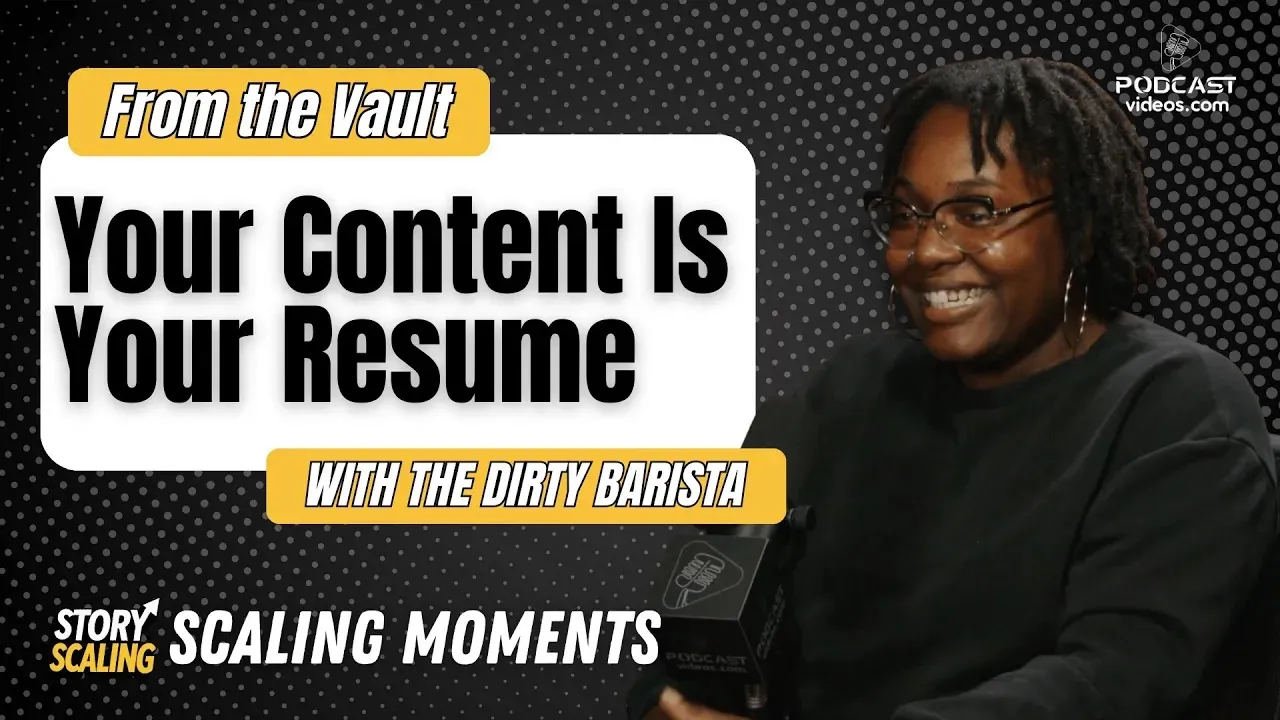Editing is essential, but it should not consume all your creative energy. Whether you are producing podcasts, YouTube videos or branded content, the key to scaling is delegating tasks and creating templates that make your workflow repeatable, efficient and consistent.
1. Define Your Post-Production Workflow
Before you automate anything, map out each step of your editing process, from raw footage import to final upload. This might include:
- Audio cleanup
- Cutting pauses or filler words
- Inserting intros/outros
- Adding music or B-roll
- Exporting and uploading
Once you have defined your process, it becomes easier to identify what can be templated or outsourced.
2. Create Repeatable Templates
Use editing software like Adobe Premiere Pro, Final Cut Pro, Descript or DaVinci Resolve to create:
- Project templates with your intro, outro, lower thirds and music already included
- Effect presets for color grading or audio enhancement
- Sequence structures for common content types (interviews, solo episodes, etc.)
Templating saves time and ensures visual/audio consistency across episodes or campaigns.
3. Leverage AI Editing Tools
Tools like Descript, Riverside, Podcastle and Adobe Podcast Enhance use AI to:
- Auto-cut filler words
- Level audio
- Transcribe content
- Suggest chapter markers
These tools reduce manual tasks and help editors or clients focus only on what matters.
4. Outsource with Clear Instructions
Hire a freelance editor or post-production agency, but make sure they are set up for success. Provide:
- A sample edit
- A brand style guide
- Template files
- Notes on tone, pacing and cuts
Use cloud-based collaboration tools like Frame.io, Notion or Google Drive to stay organized.
5. Batch Your Content
Edit multiple episodes at once using your templates. This reduces “context switching” and builds momentum. If you outsource, send 3-5 episodes per batch to increase efficiency and reduce back-and-forth.
6. Automate File Management
Set up systems to auto-save and organize content:
- Use Zapier or Make.com to send files from your recording platform to your editor’s workspace
- Auto-backup files to Dropbox, Google Drive or Frame.io
- Organize folders with consistent naming conventions and versioning
Automation keeps things flowing smoothly with less room for error.
7. Standardize Feedback Loops
Use comment tools in your editing software or upload reviews to a platform like Wipster or Frame.io. Standard feedback formats save time for both creators and editors. Use checklists before final approval to make sure nothing is missed.
The Takeaway for Creators and Teams
Delegating post-production and templating your editing process helps you:
- Scale faster
- Stay consistent
- Reduce burnout
- Deliver higher-quality content at volume
Whether you are a solo podcaster, agency, or content team, these strategies will help you focus more on recording and less on refining.
Additional Reading
- 5 Steps to Streamline Podcast Post-Production
- Podcast Post-Production Checklist
- Stop Letting Editing Kill Your Podcast Dreams









